・
スカイ姫のつぶやき19
ギャラリー葛 飾 北 斎
葛飾北斎は、宝暦10年(1760)本所割南下水(現在の墨田区亀沢周辺)で生まれました。
90年の生涯のほとんどを墨田区内で過ごしながら代表作の「富嶽三十六景」をはじめ、
錦絵、絵本、肉筆画など多くの作品を残しました。

富嶽三十六景
神奈川沖浪裏 ・凱風快晴 ・山下白雨 ・深川万年橋下 ・東都駿臺 ・武州千住 ・甲州犬目峠(山梨県
尾州不二見原(愛知県) ・駿州江㞍(静岡県) ・江都駿河町三井見世略圖 ・御厩川岸より両国橋夕陽見(隅田川)
五百らかん寺さざゐどう ・礫川雪ノ旦(東京) ・下目黒(東京) ・穏田の水車(東京)・ 州江の島(神奈川県)・
東海道江尻田子の浦略図(静岡県) ・東海道吉田(愛知県) ・上総の海路 ・江戸日本橋(東京) ・隅田川関屋の里(東京)
登戸浦(千葉県) ・相州箱根湖水(神奈川県) ・甲州三坂水面(山梨県)・・東海道程ケ谷(神奈川県) ・
甲州犬目峠(山梨県) ・東都浅草本願寺 ・武陽佃島(東京湾) ・相州七里浜(神奈川県) ・相州梅沢庄(神奈川県)・
甲州石班沢(山梨県) ・甲州三嶌越 ・遠江山中(静岡県) ・信州諏訪湖(長野県) ・常州牛堀(茨城県)・
東海道品川御殿山ノ不二 ・本所立川 ・従千住花街眺望ノ不二 ・相州仲原(神奈川県)駿州大野新田(静岡県)・
諸人登山 ・東海道金谷の不二(川越) ・甲州伊沢暁(山梨県) ・身延川裏不二(山梨県)
(国会図書館より)
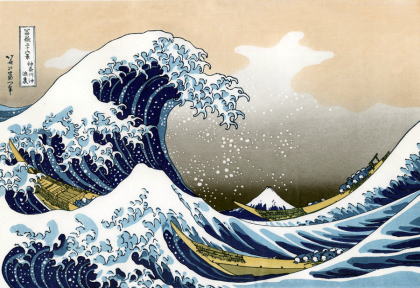
富嶽三十六景 神奈川沖浪裏 |
|
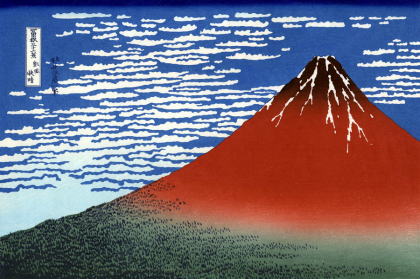
富嶽三十六景 凱風快晴 |
| |
|
|
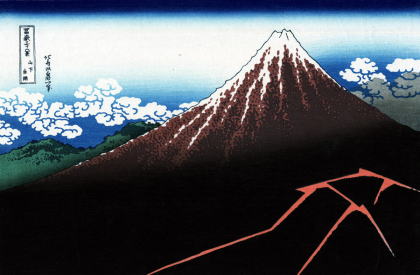
富嶽三十六景 山下白雨 |
|
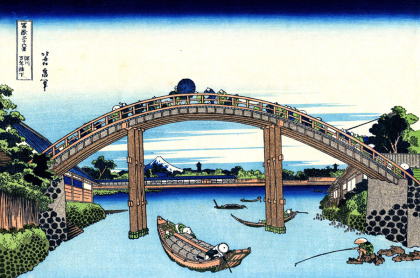
富嶽三十六景 深川万年橋下 |
| |
|
|
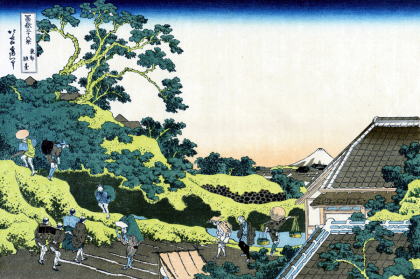
富嶽三十六景 東都駿臺 |
|
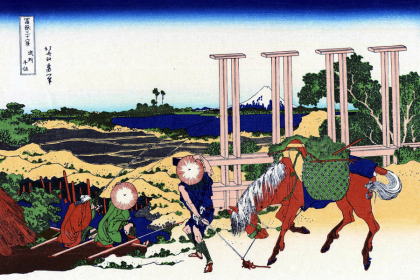
富嶽三十六景 武州千住 |
| |
|
|
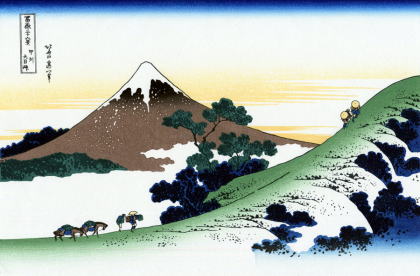
富嶽三十六景 甲州犬目峠(山梨県) |
|
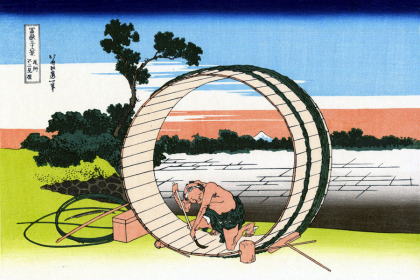
富嶽三十六景 尾州不二見原(愛知県) |
| |
|
|
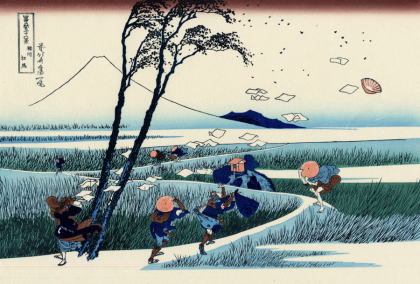
富嶽三十六景 駿州江㞍(静岡県) |
|
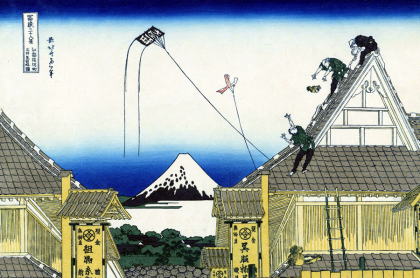
富嶽三十六景 江都駿河町三井見世略圖 |
| |
|
|
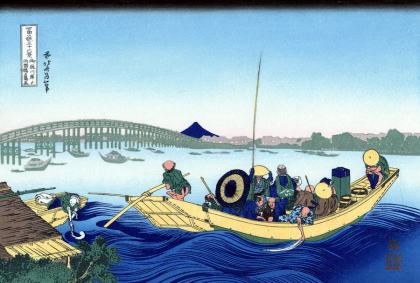
富嶽三十六景 御厩川岸より両国橋夕陽見(隅田川) |
|
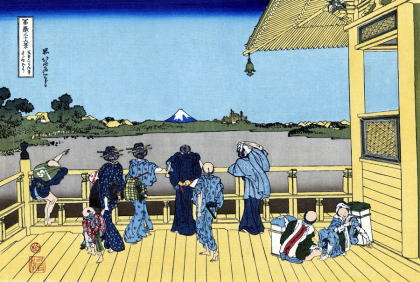
富嶽三十六景 五百らかん寺さざゐどう |
| |
|
|
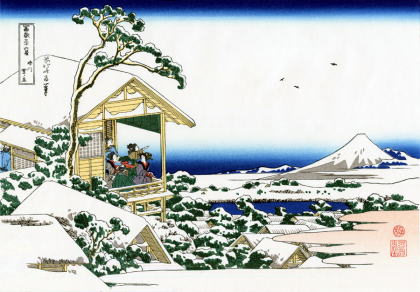
富嶽三十六景 礫川雪ノ旦(東京) |
|
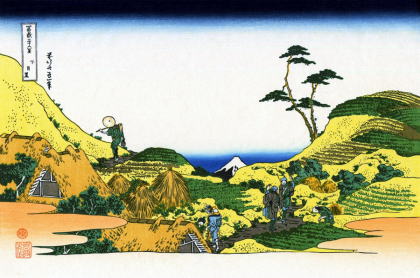
富嶽三十六景 下目黒(東京) |
| |
|
|
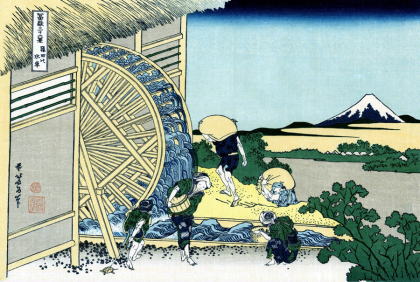
富嶽三十六景 穏田の水車(東京) |
|
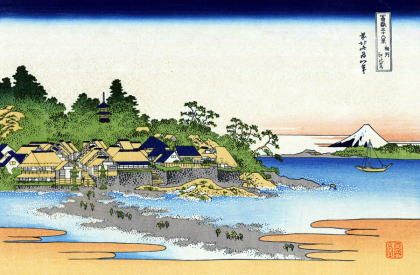
富嶽三十六景 相州江の島(神奈川県) |
| |
|
|
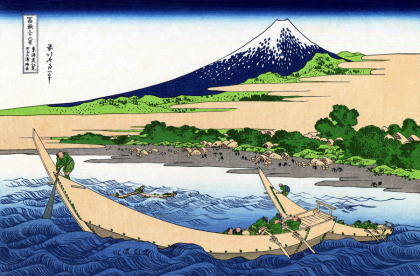
富嶽三十六景 東海道江尻田子の浦略図(静岡県) |
|
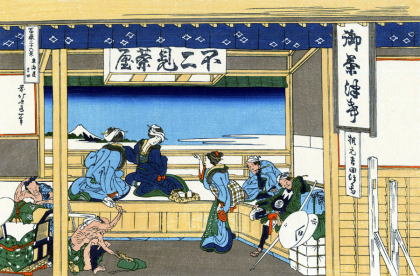
富嶽三十六景 東海道吉田(愛知県) |
| |
|
|
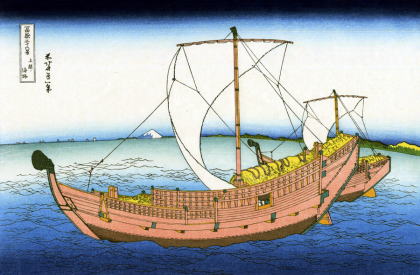
富嶽三十六景 上総の海路 |
|
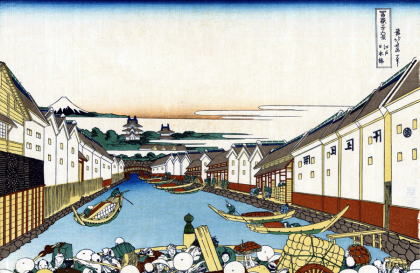
富嶽三十六景 江戸日本橋(東京) |
| |
|
|
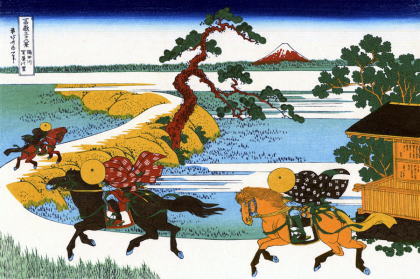
富嶽三十六景 隅田川関屋の里(東京) |
|
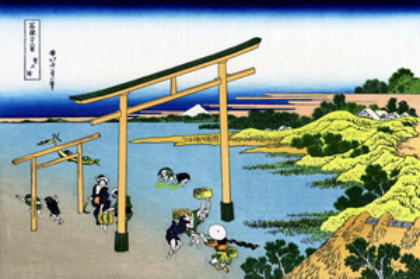
富嶽三十六景 登戸浦(千葉県) |
| |
|
|
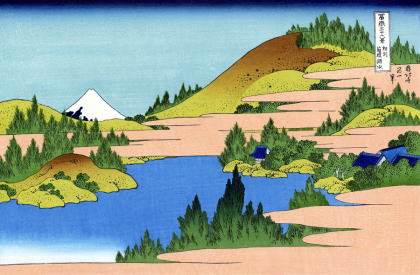
富嶽三十六景 相州箱根湖水(神奈川県) |
|
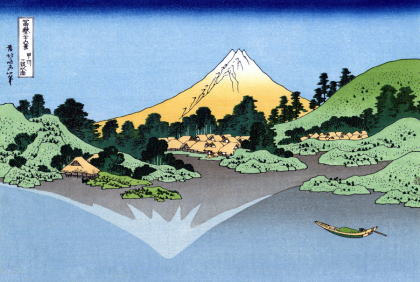
富嶽三十六景 甲州三坂水面(山梨県) |
| |
|
|
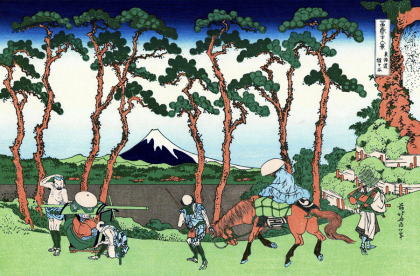
富嶽三十六景 東海道程ケ谷(神奈川県) |
|
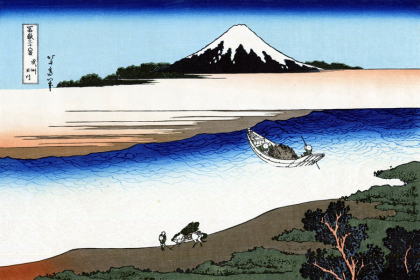
富嶽三十六景 甲州犬目峠(山梨県) |
| |
|
|
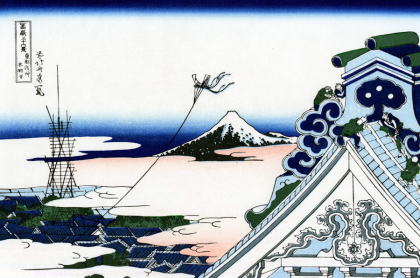
富嶽三十六景 東都浅草本願寺 |
|
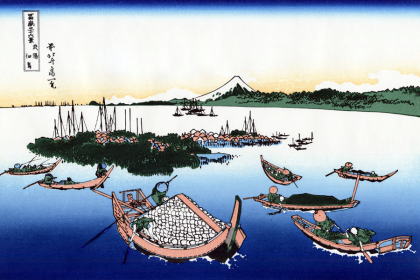
富嶽三十六景 武陽佃島(東京湾) |
| |
|
|
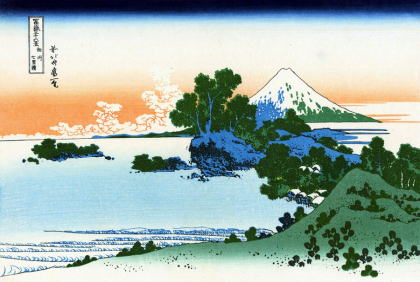
富嶽三十六景 相州七里浜(神奈川県) |
|
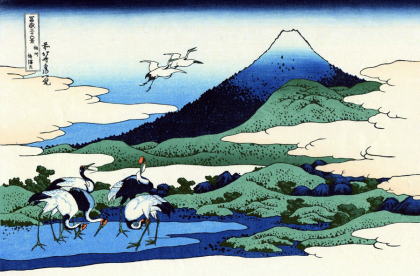
富嶽三十六景 相州梅沢庄(神奈川県) |
| |
|
|
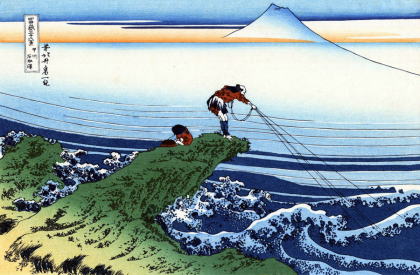
富嶽三十六景 甲州石班沢(山梨県) |
|
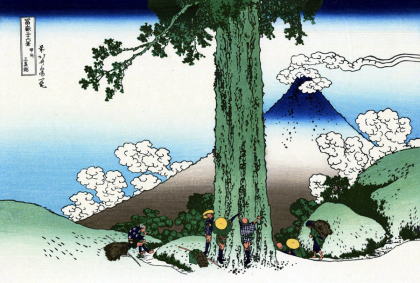
富嶽三十六景 甲州三嶌越 |
| |
|
|
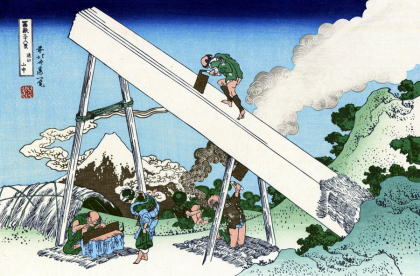
富嶽三十六景 遠江山中(静岡県) |
|
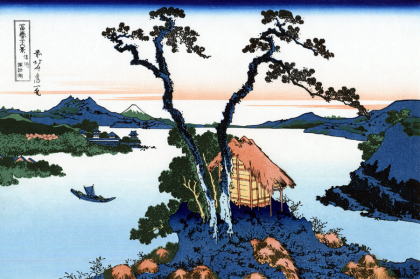
富嶽三十六景 信州諏訪湖(長野県) |
| |
|
|
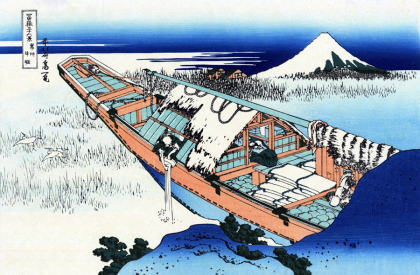
富嶽三十六景 常州牛堀(茨城県) |
|
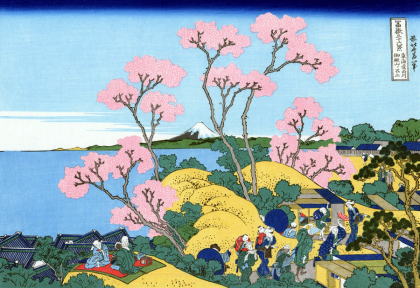
富嶽三十六景 東海道品川御殿山ノ不二 |
| |
|
|
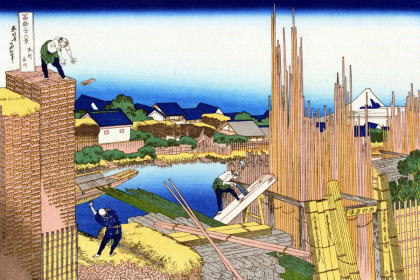
富嶽三十六景 本所立川 |
|
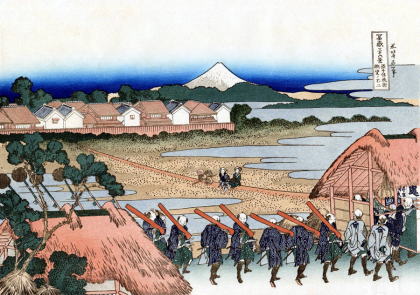
富嶽三十六景 従千住花街眺望ノ不二 |
| |
|
|
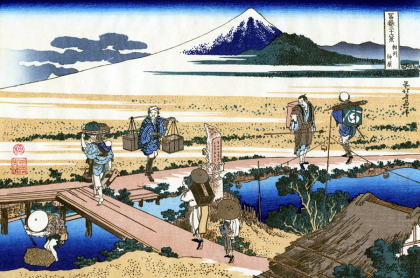
富嶽三十六景 相州仲原(神奈川県) |
|
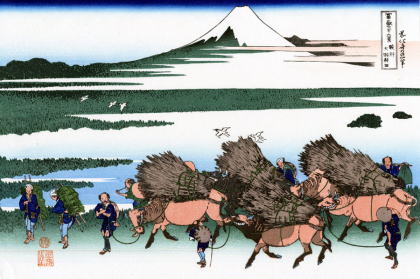
富嶽三十六景 駿州大野新田(静岡県) |
| |
|
|
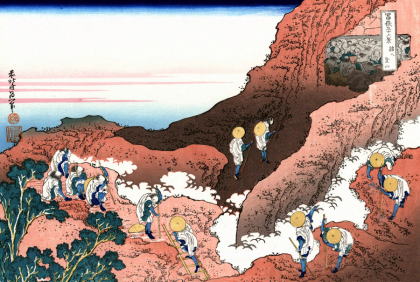
富嶽三十六景 諸人登山 |
|
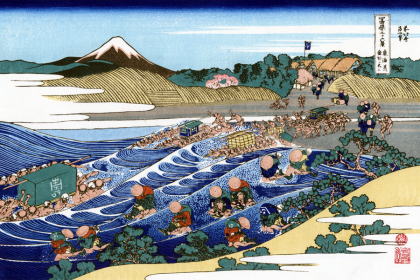
富嶽三十六景 東海道金谷の不二(川越) |
| |
|
|
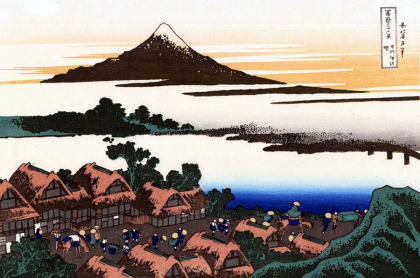
富嶽三十六景 甲州伊沢暁(山梨県) |
|
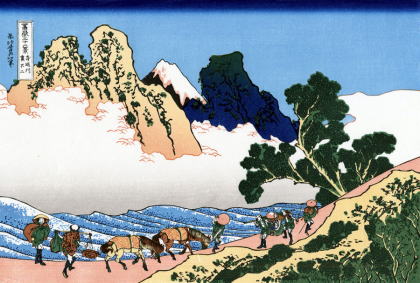
富嶽三十六景 身延川裏不二(山梨県) |
東 海 道 五 十 三 次
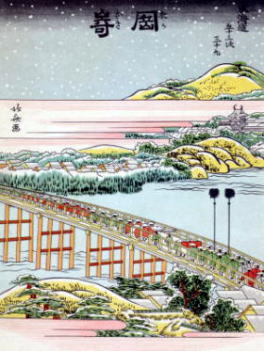
39・絵本駅路鈴 岡崎 |
|
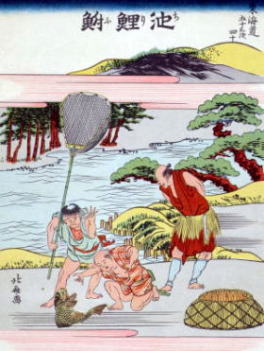
40・ 絵本駅路鈴 池鯉鮒 |
|
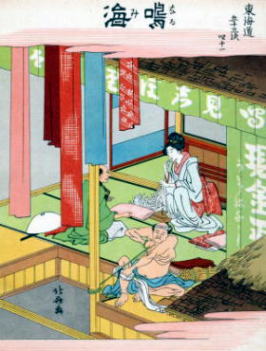
41・絵本駅路鈴 鳴海 |
|
|
|
|
|
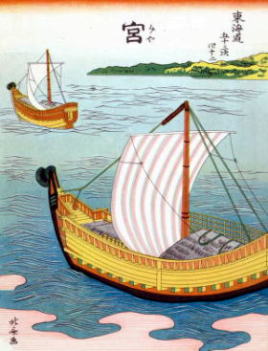
42・ 絵本駅路鈴 宮 |
|
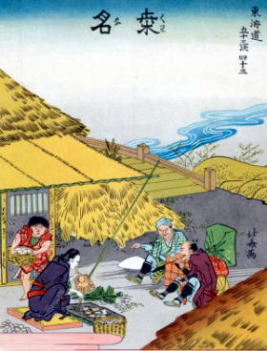
45・絵本駅路鈴 桑名 |
|
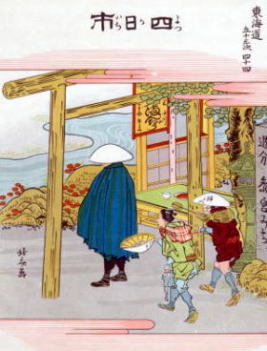
44・絵本駅路鈴 四日市 |
|
|
|
|
|
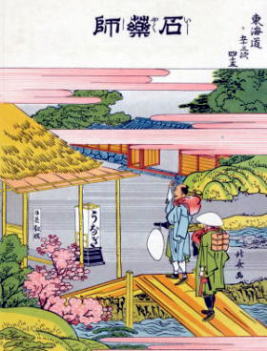
45・絵本駅路鈴 石薬師 |
|
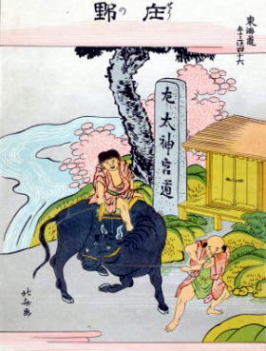
49・ 絵本駅路鈴 庄野 |
|
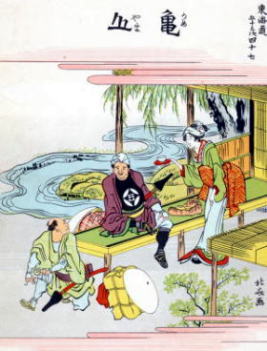
47・絵本駅路鈴 亀山 |
|
|
|
|
|
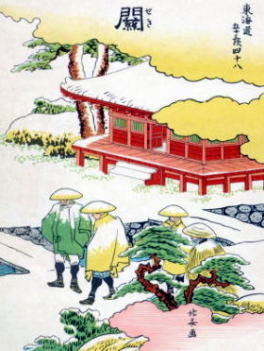
48・絵本駅路鈴 関 |
|
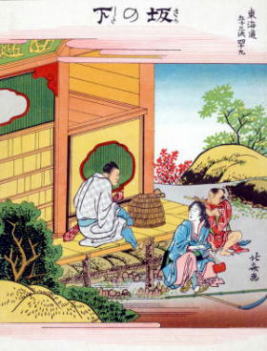
49・絵本駅路鈴 坂下」 |
|
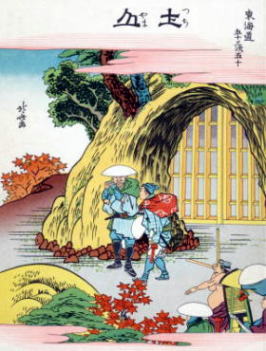
50・絵本駅路鈴 土山 |
|
|
|
|
|
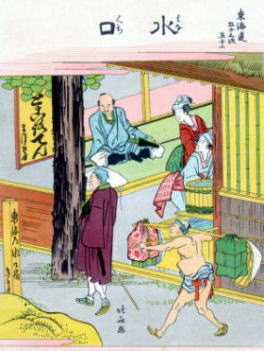
51・絵本駅路鈴 水口 |
|
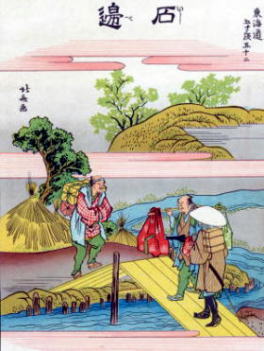
59・絵本駅路鈴 石部 |
|
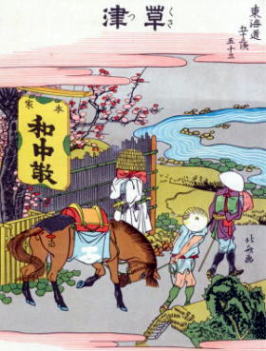
53・絵本駅路鈴 草津 |
|
|
|
|
|
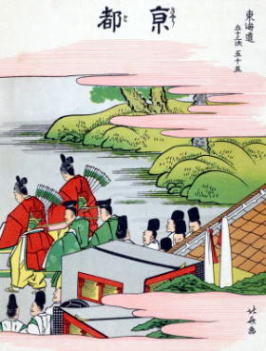
55・絵本駅路鈴 京都」 |
|
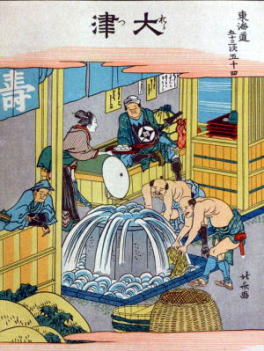
54・絵本駅路鈴 大津 |
|
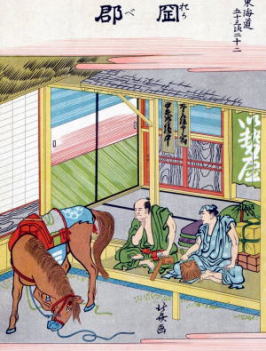
22. 岡部宿 |
|
|
|
|
|
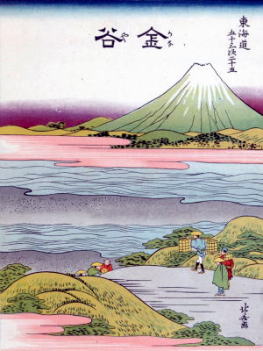
25. 金谷宿 |
|
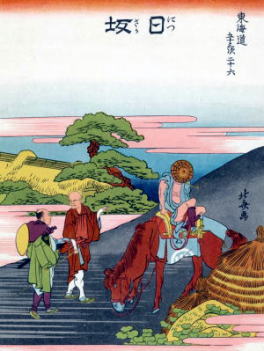
26. 日坂宿 |
|
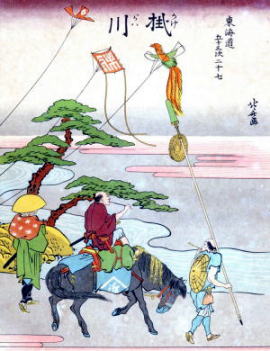
27. 掛川宿 |
|
|
|
|
|
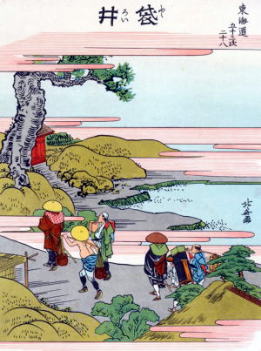
28. 袋井宿 |
|
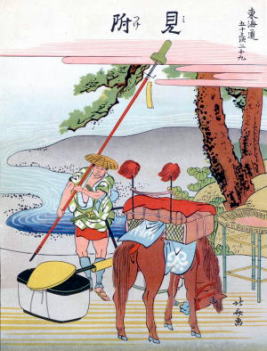
29. 見付宿 |
|
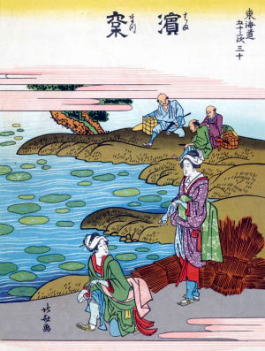
30. 浜松宿 |
|
|
|
|
|
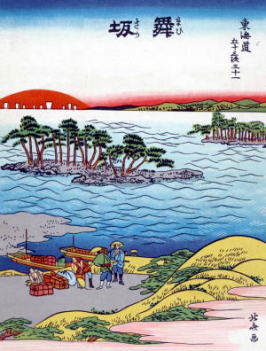
31. 舞坂宿 |
|
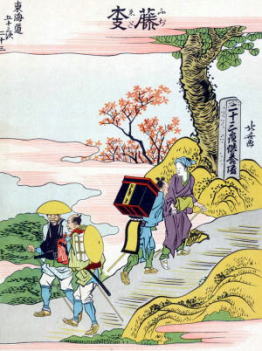
23. 藤枝宿 |
|
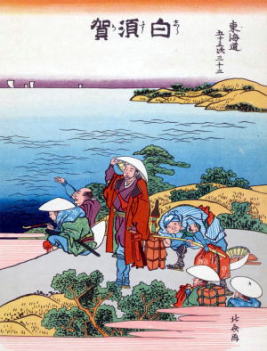
33. 白須賀宿 |
|
|
|
|
|
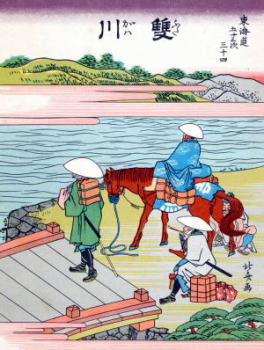
34. 二川宿 |
|
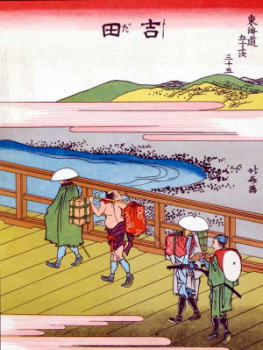
35. 吉田宿 |
|
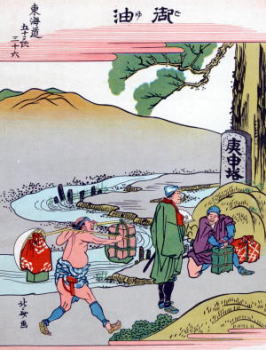
36. 御油宿 |
|
|
|
|
|
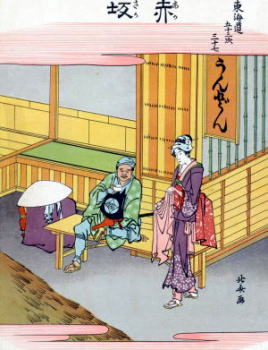
37. 赤坂宿 |
|
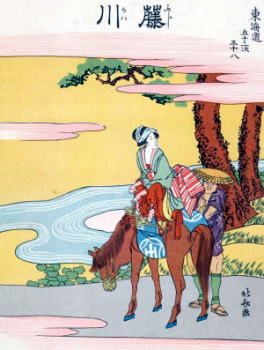
38. 藤川宿 |
|
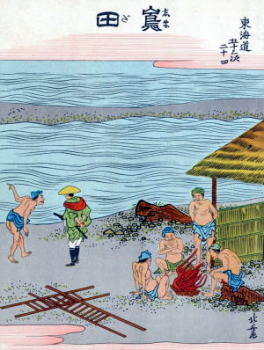
24. 島田宿 |
葛 飾 北 斎 ゆかりの 案 内 板
世界的な絵師・葛飾北斎は、墨田区(本所南割下水付近)で生まれ、生涯のほとんどを
区内で過ごしたと言われています。墨田区では、観光客等に区内のまち歩きを
楽しんでいただくため、北斎が浮世絵の画題とした場所に案内板を16基設置いたしました。
葛飾北斎案内板⑨ 隅田川関屋の里 ━富嶽三十六景 ━
スカイ姫のつぶやき街角北西部ルート3 ( 榎本武揚像入口) 下車
住 所 / 東京都墨田区堤通2-7番地
葛飾北斎案内板⑩ 梅若の秋月 ━風流隅田川八景━
スカイ姫のつぶやき街角北西部ルート3 ( 隅田川神社 ・ 木母寺入口 )下車
住 所 / 東京都墨田区堤通2-16番地
葛飾北斎案内板⑪ 雪月花 隅 田
スカイ姫のつぶやき街角北西部ルート3 ( 隅田川神社 ・ 木母寺入口 )下車
住 所 / 東京都墨田区堤通2-17-1番地
葛飾北斎案内板 ⑫ 寺島法泉寺詣
スカイ姫のつぶやき街角北西部ルート4 ( 法泉寺入口 )下車
住 所 / 東京都墨田区東向島3-8-1(法泉寺門前)
葛飾北斎案内板⑬ 白髭の翟(きじ)松 今戸の夕烟 ━絵本隅田川両岸一覧━
スカイ姫のつぶやき街角北西部ルート4 ( 地蔵坂) 下車
住 所 / 東京都墨田区東向島3丁目4番
葛飾北斎案内板 ⑭ 須佐之男命厄神退治之図
スカイ姫のつぶやき街角北西部ルート7 (見番通り入口【桜橋東詰】
住 所 / 東京都墨田区向島5丁目4
葛飾北斎板 ⑮ 新板浮絵 三囲牛御前両社之図
スカイ姫のつぶやき街角北西部ルート8 (見番通り入口【桜橋東詰】隅田公園桜橋周辺
住 所 / 東京都墨田区向島2ー1
葛飾北斎案内板① 御厩川岸より両国橋夕陽見 ━富嶽三十六景━
スカイ姫のつぶやき街角南部ルート2 ( 刀剣博物館(旧安田庭園・同愛記念病院 ) 下車
住 所 / 東京都墨田区横網2丁目7番地
葛飾北斎案内板② 首尾松の鉤舟 椎の木の夕蝉━絵本隅田川両岸一覧━
スカイ姫のつぶやき街角南部ルート2 ( 刀剣博物館(旧安田庭園・同愛記念病院) 下車
住所 / 東京都墨田区横網1丁目12番
葛飾北斎案内板③ 駒 止 石 ━馬 尽━
スカイ姫のつぶやき街角南部ルート2( 国技館・水上バス乗り場 )下車
住 所 / 東京都墨田区横網1丁目12−1
葛飾北斎案内版④ 新柳橋の白雨御竹蔵の虹ー絵本隅田川両岸一覧━
スカイ姫のつぶやき街角南部ルート2 ( 国技館・水上バス乗り場 )下車
住 所 / 東京都墨田区横網1丁目3−28
葛飾北斎案内版⑤ 両国納涼一の橋弁天ー絵本隅田川両岸一覧━
スカイ姫のつぶやき街角南部ルート3 ( 両国駅西口 )下車
住 所 / 東京都墨田区両国1丁目11番地
葛飾北斎案内版⑧ 宮戸川長縄━千絵の海━
スカイ姫のつぶやき街角南部ルート3 ( 江島杉山神社入口 )下車
住 所 / 東京都墨田区千歳1丁目3番地
葛飾北斎案内板⑥ 新板浮絵忠臣蔵 第 十 一 段 目
つスカイ姫のぶやき街角南部ルート5 ( 勝海舟生誕の地・吉良邸跡入口)下車
住 所 / 東京都墨田区両国三丁目13番9号(吉良邸跡・本所松坂町公園
葛飾北斎案内板⑦ 本所立川 ━富嶽三十六景━
スカイ姫のつぶやき街角南部ルート5 ( 勝海舟生誕の地・吉良邸跡入口下車 )
住 所 / 東京都墨田区両国4丁目1番地12



Copyright (C) 2011 K Asasaka All Rights Reserved














































































